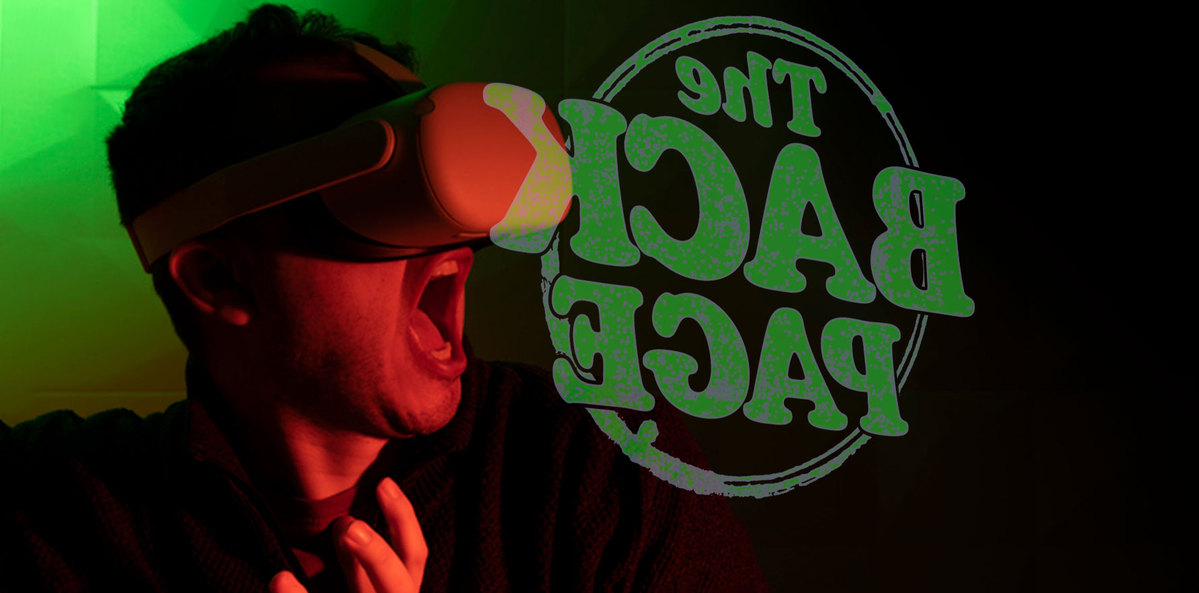Want your worst fears strapped to your face?
The Back Page has a phobia, but we’re not going to tell you what it is – given the prospect of one distant day ending up in a Room 101 for errant medical journalists we’d rather keep our torturers guessing.
It would be good to be rid of this psychological Achilles heel, especially living in Sydney with its healthy population of – whoops, nearly gave it away there!
But the thought of trotting along to cognitive behavioural therapy sessions to be exposed to the sight of one leg, then the next week two legs – … dammit – has never appealed. Luckily a New Zealand developer has come up with something better, or perhaps worse.
Adam Hutchinson’s self-guided smartphone app oVRcome (clever) together with a virtual reality headset to create immersive environments that relax and distract while exposing users to one of the five most common phobias: flying, heights, needles, spiders and dogs.
University of Otago researchers performed a six-week RCT using the tech on around 130 people with one of the above phobias.
The app doesn’t just wave a big virtual needle or slavering dog in your face, but uses “standard CBT components including psychoeducation, relaxation, mindfulness, cognitive techniques, exposure through VR, and a relapse prevention model”.
At the end of six weeks, the active group had a greater average change in score on the Severity Measures for Specific Phobia – Adults measure than the controls, who received no treatment but were put on a waiting list. Interestingly, even the waiting list group had some reduction: an average 12-point drop compared with the active group’s 20-point drop. The latter apparently equates to a 75% reduction in phobia symptoms.
This is impressive, as is the study’s retention rate of 87%. That’s possibly due to the app giving users a lot of control over their own levels of exposure.
“The more traditional in-person exposure treatment for specific phobias have a notoriously high dropout rate due to discomfort, inconvenience and a lack of motivation in people seeking out fears to expose themselves to,” lead author Associate Professor Cameron Lacey says.?“With this VR app treatment, trialists had increased control in exposure to their fears, as well as control over when and where exposure occurs.”
This is sensible. Your correspondent has such an instantaneous adverse reaction even to depictions of our phobia that many a magazine and the occasional phone has been hurled across the room. You wouldn’t want that to happen to an expensive headset.
Real-world results?
“Some participants reported significant progress in overcoming their phobias after the trial period, with one feeling confident enough to now book an overseas family holiday, another lining up for a covid vaccine and another reporting they now felt confident not only knowing there was a spider in the house but that they could possibly remove it themselves.”
Now they just need to expand the app to include the internet’s favourite, trypophobia, and they have a blockbuster:
If you see something that makes you scream, hurl it at penny@medicalrepublic.com.au.


